From Medieval Origins to the Renaissance
A Turbulent History
Nestled against the mountainside, overlooking the rushing Rhône River, the Château de Peyraud aristocratic continuity for nearly a millennium destruction and reconstruction , is one of seigniorial pride deeply intertwined with the Vivarais region. It has been the stage for brilliant alliances, religious and familial dramas, and successive rebirths. We invite you on a journey through the centuries to retrace the life of the château and its illustrious owners.
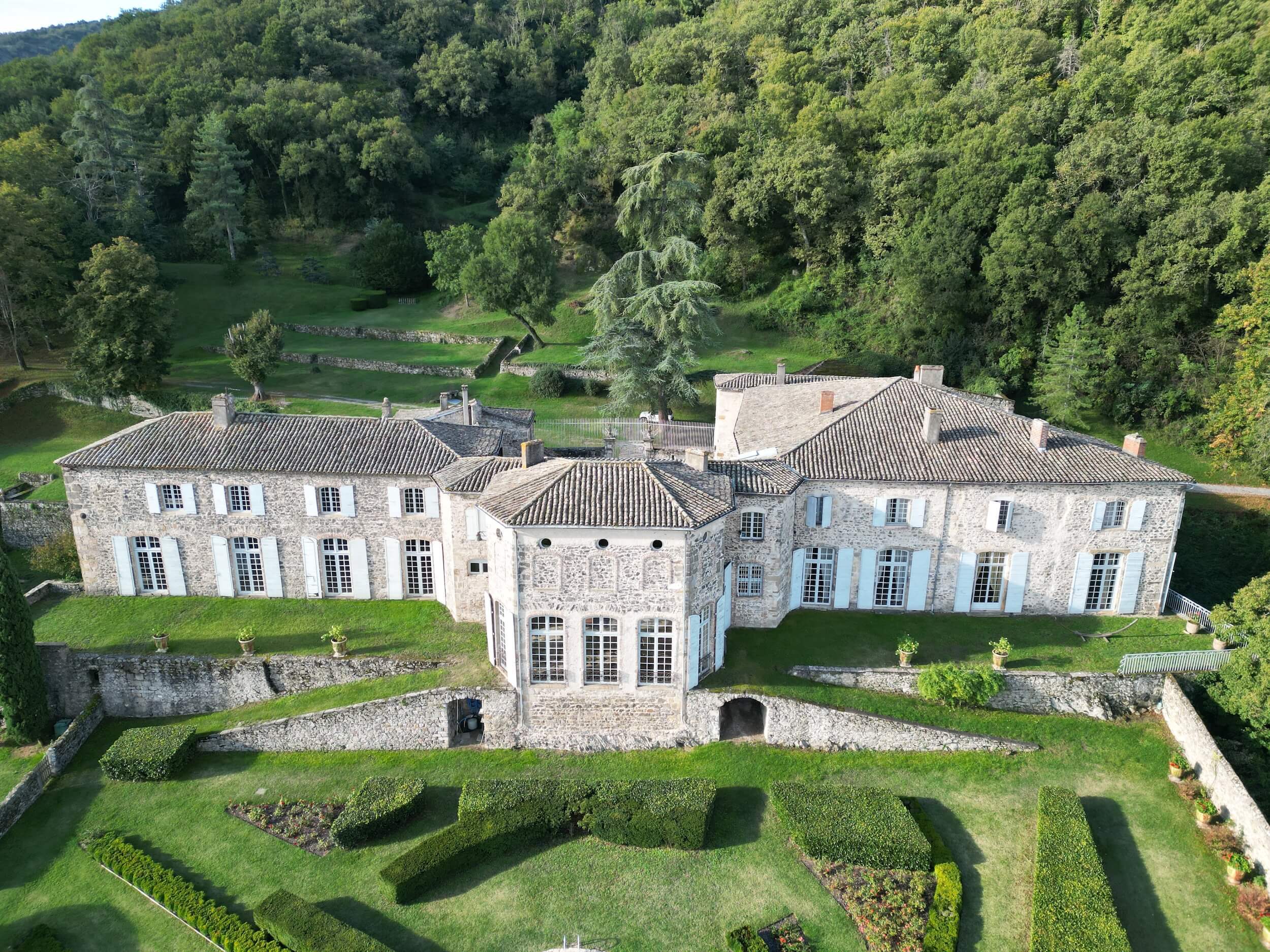
Feudal origins and early lords (11th – 13th century)
The first mentions of Peyraud Castle date back to the late 11th century . In a deed of gift to the priory of Saint-Sauveur-en-Rue, a knight named Sigibodus, described as a knight of Peyrau, ceded land and a vineyard. This foundational act suggests that a castrum, or fortified castle, already dominated the banks of the Rhône, in a region of strategic hills coveted by the great abbeys and the early counts of Viennois.
In the 12th century , other members of the lineage appear: Guillaume de Peyraud, an influential knight, acts as a witness in several notarial acts related to the monasteries of Bonnevaux, Saint-Maurice de Vienne, and the Abbey of Saint-Ruf. His kinship with the Dauphiné lords is established by a document in which he is mentioned as the nephew of Pierre de Altafay.
The castle , like the Saint-Martin chapel of Peyraud, is mentioned in the papal bulls of Callixtus II and Innocent III (1123, 1206), confirming its importance in the ecclesiastical and political landscape of the Rhône Valley. The lordship of Peyraud was then an integral part of the sphere of influence of the Dauphin of Viennois, who repeatedly received homage from its owners. In 1305 and again in 1307, Hugues de Peyraud, canon of Vienne, renewed his liege homage to the Dauphin Jean for his fortified house and the rights of justice.
The 13th century was marked by a fragmentation of rights to the site. Artaud de Roussillon relinquished his shares to another member of his family, and Hugues Richard de Serrières acknowledged holding a portion of the Peyraud district as a fief. This dispersal paved the way for the transfer of ownership to other noble families who would play a major role in the castle's history.
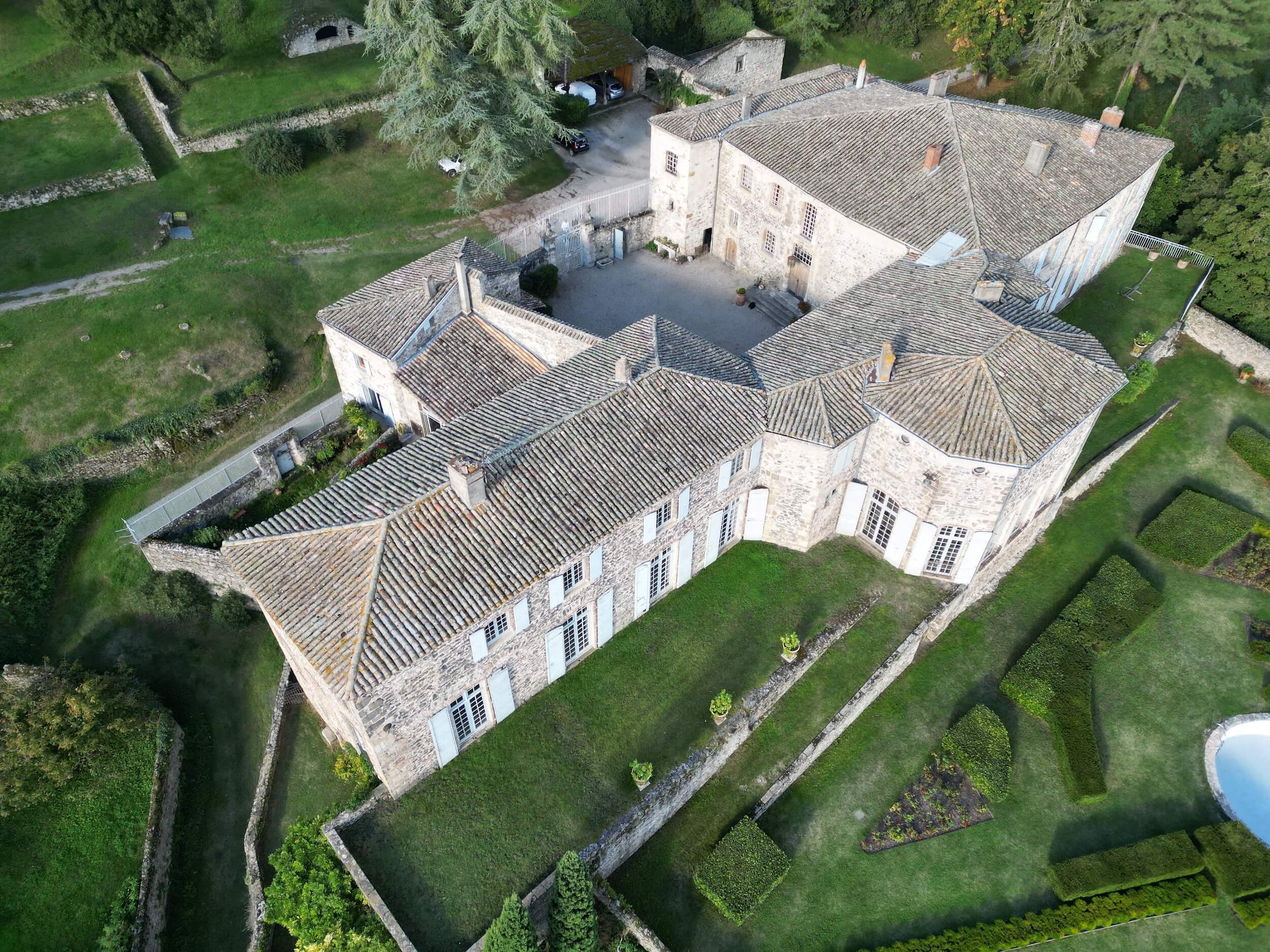
The golden age of Roussillon and the first destruction (14th century)
At the beginning of the 14th century , the seigneury of Peyraud was incorporated into the powerful House of Roussillon , which dominated the Annonay region and owned vast estates in the Vivarais, Forez, and Lyonnais regions. Jean de Roussillon , facing financial or political difficulties, sold the land of Peyraud in 1329 to Guillaume de Fay , known as Coquart, bailiff of Forez, Velay, and Vivarais.
Peyraud's fate took a dramatic turn with Aymar de Roussillon . The latter entered into armed conflict with the Archbishopric of Lyon. During a confrontation, he captured two representatives of the Church, Bernard de Varey and Aymar de Villeneuve, and had one of the latter's teeth pulled out. This outrage provoked the wrath of King John the Good , who was then residing in Avignon. In retaliation, he ordered the destruction of three strongholds belonging to the Roussillon family, including the castle of Peyraud.
Shortly afterwards, Arnaud de Fay , Aymar's son-in-law or cousin, obtained permission to rebuild the fortress. The de Fay dynasty then established itself permanently on the right bank of the Rhône.
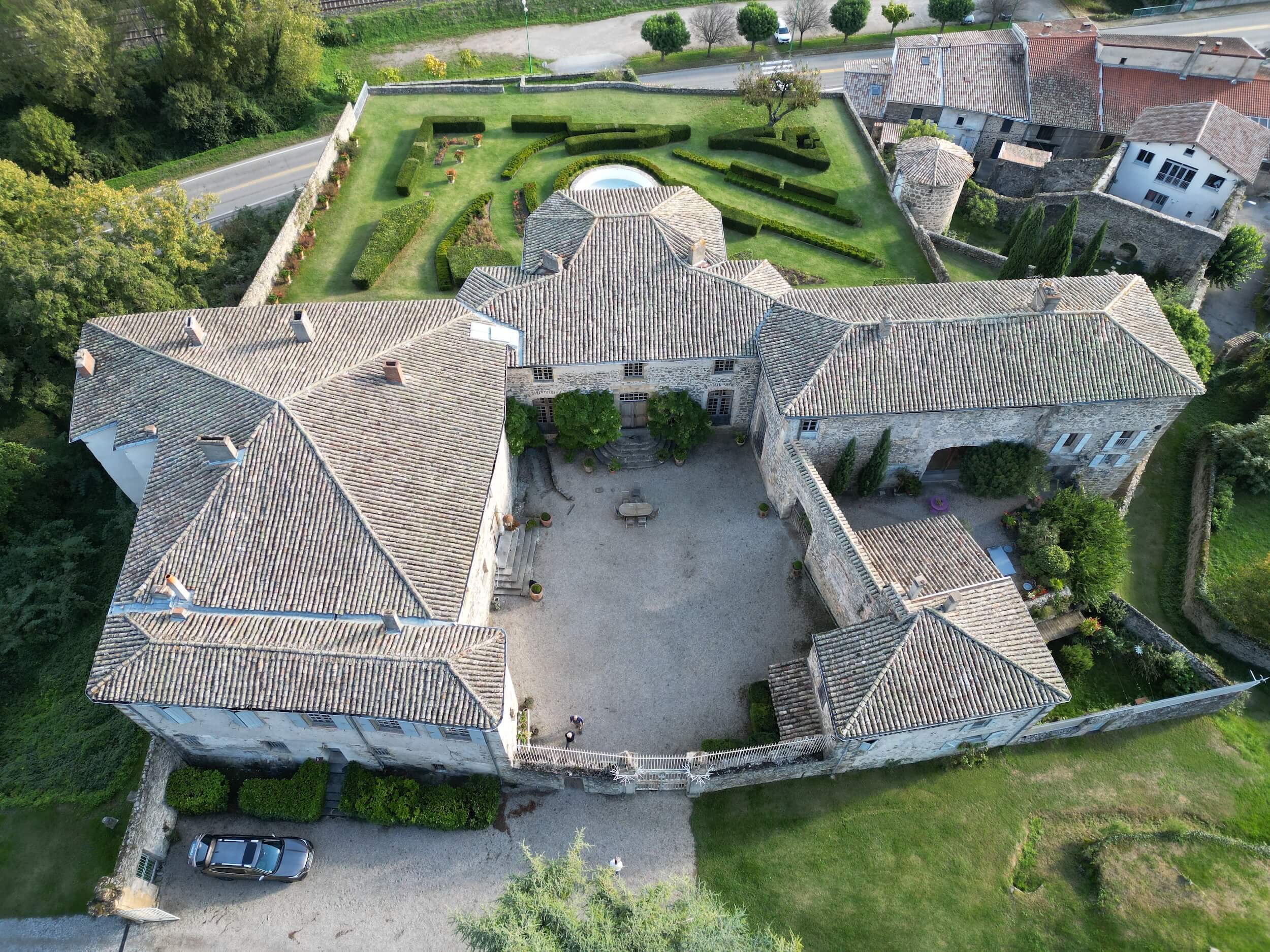
The de Fay family, between faith and fire (15th – 16th century)
The Fay family were now the undisputed masters of the domain. Their rise was consolidated by marriage alliances, notably with the House of Tournon, the Solignac family, and the Palerne family. Their influence extended over several lordships and districts in the Vivarais and Velay regions.
In the 16th century , amidst the religious upheaval of the Reformation , the Fay family embraced the Calvinist cause. François de Fay, Baron of Peyraud, became a respected Huguenot leader. In 1561, he hosted the first Protestant synod of the Dauphiné region in the castle's great hall. His son, Jean, more radical, launched military campaigns against the surrounding Catholic villages and extorted ransoms from merchant convoys.
In 1574 , royal troops, supported by Saint-Chamond and Claude d'Urfé, besieged the castle with artillery. After several days of siege, the castle fell. Jean de Fay escaped with his men through a secret passage into the mountains.
The castle is razed...

Aristocratic Renaissance in the 18th century
After several decades of ruin , the castle experienced a renaissance thanks to Jeanne-Marie de Fay , the last descendant of the line. In 1716, she married Denis-Emmanuel de Guignard, President of the Parliament of Grenoble. Their marriage contract, signed in Peyraud, endowed the estate with more than 80,000 livres .
Reconstruction of the château began in 1718 Louis XIII style , with a monumental façade, a courtyard, and a series of salons. The interior architecture included a grand staircase, vaulted rooms inherited from the old keep, and ornamental fireplaces.
In 1745 , the land was sold to Pierre-Christophe Crottier de Chambonas , Lord of Mars, captain of grenadiers in the Penthièvre regiment. He took the title of Marquis of Peyraud. His family ensured the aristocratic continuity of the estate until the Revolution.
Alliances and transmission in the 19th century
The Revolution disrupted the balance of power. The Marquis de Peyraud was dispossessed. Nevertheless, through a series of alliances, the castle returned to Geneviève-Joséphine de Chambonas, wife of Joseph-Prosper-Hippolyte de Barrin, a high-ranking imperial official and prefect under the Bourbons.
Their daughter, Charlotte-Louise de Barrin , married Jules de Barjac, mayor of Cornas, in 1831. The de Barjac family re-established their lineage on the estate. Civil records attest to a vibrant family life, with fourteen children and numerous alliances with the Murat de Lestang, Chazotte, and other prominent figures of the Ardèche region.
In 1814 , during the Austrian invasion , the castle was looted. Reports detail the theft of linens, silk dresses, weapons, and bottles of rare wine. Despite this, the de Barjac family retained their prestige, becoming mayors, justices of the peace, and landowners.
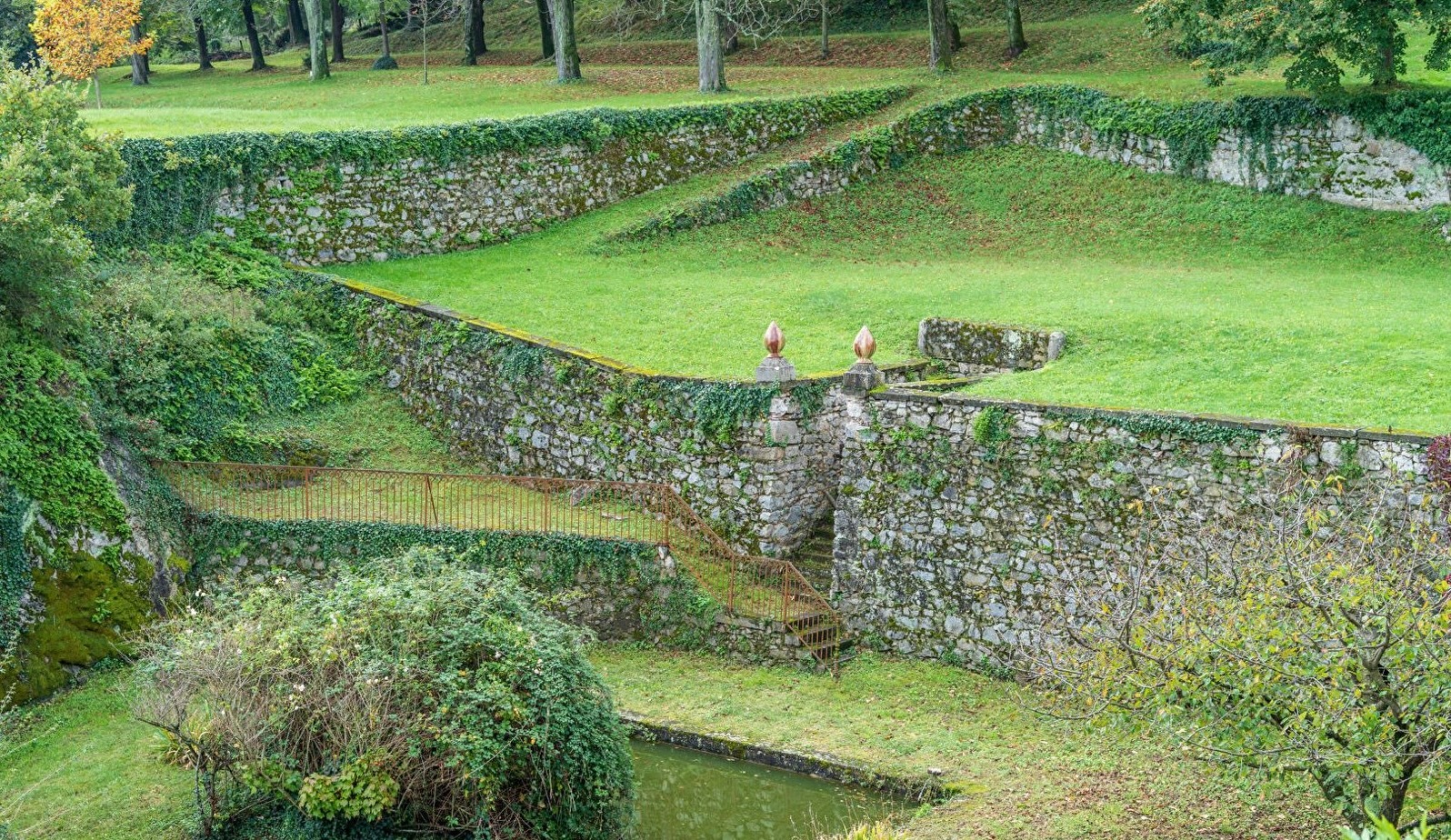
The 20th century and Protestant continuity
The castle was acquired at the beginning of the 20th century by the Steinbach family , originally from Lyon and from the textile industry. Reformed Protestants, the Steinbachs maintain the Huguenot memory of the place.
The castle has been carefully renovated: the medieval vaults, stone floors, plasterwork decorations, and 18th-century fireplaces have been restored. Although closed to the public, it remains inhabited and contributes to local historical research. Historians from the SHPF (French Protestant History Society) are welcomed there.
Today the Atena Gallery is installing its collection of antiques...
In 2025, the castle was acquired by the Sioufi-Ouaiss family, a family of antique gallery owners for three generations, who decided to install their collection of 18th and 19th-century furniture and decorative objects in this wonderful green setting steeped in history...
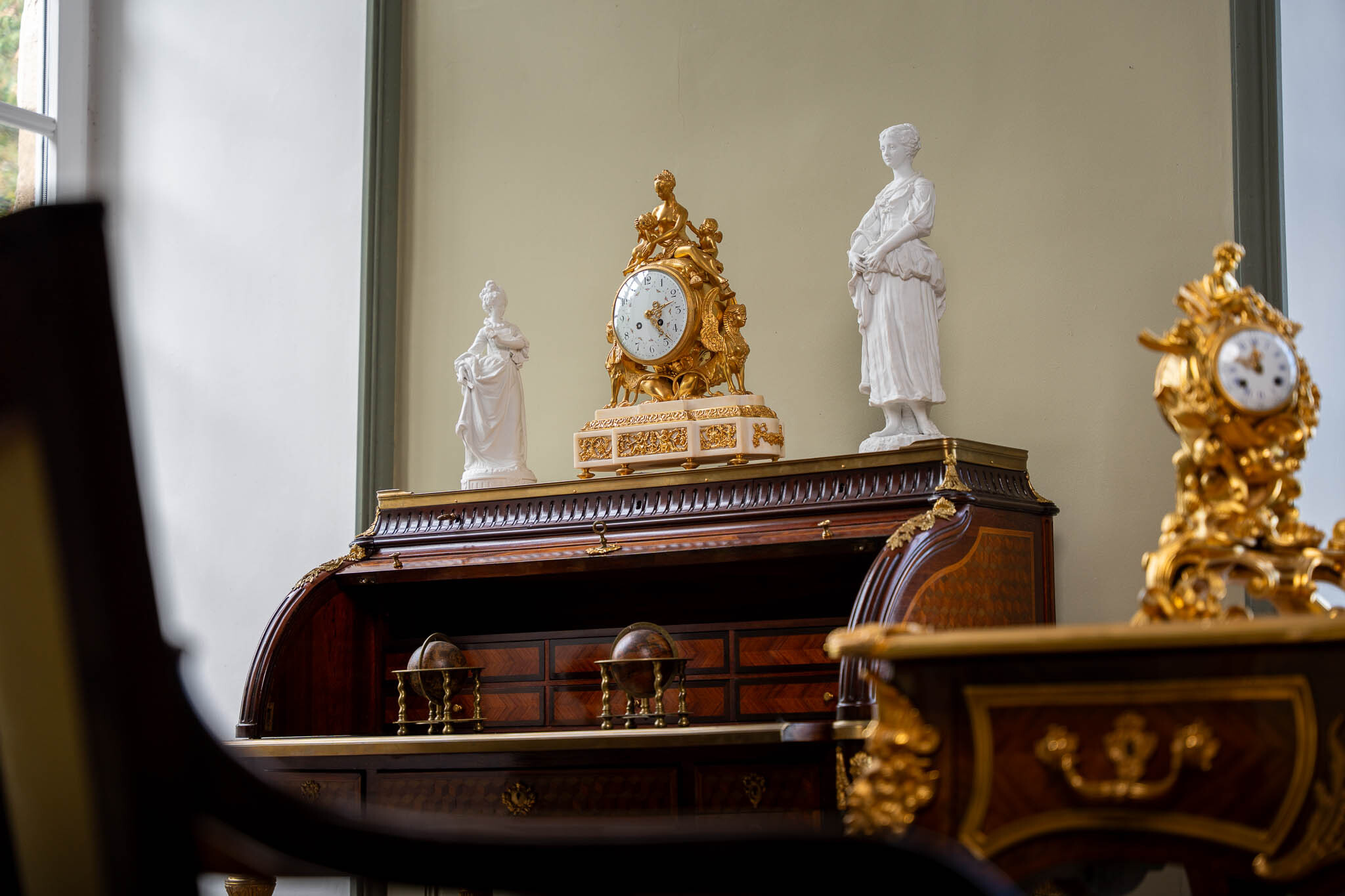
By choosing the Château de Peyraud to house the Atena Gallery, we wanted to
- To pay homage to its past by restoring historical elements (original timber frames, painted decorations, fireplaces, wallpapers...) with specialized craftsmen.
- To create a dialogue between eras : a Louis XVI piece of furniture displayed in a room with walls marked by the Renaissance takes on an almost symbolic dimension.
- To revive its legends and open the doors of the Château for corporate events (seminars, training courses, workshops, exhibitions, product launches...) or private events (candlelit dinners with a chef, cocktails in an exceptional setting, classical/jazz concerts and tailor-made events...)
Visit the Château de Peyraud
By appointment
